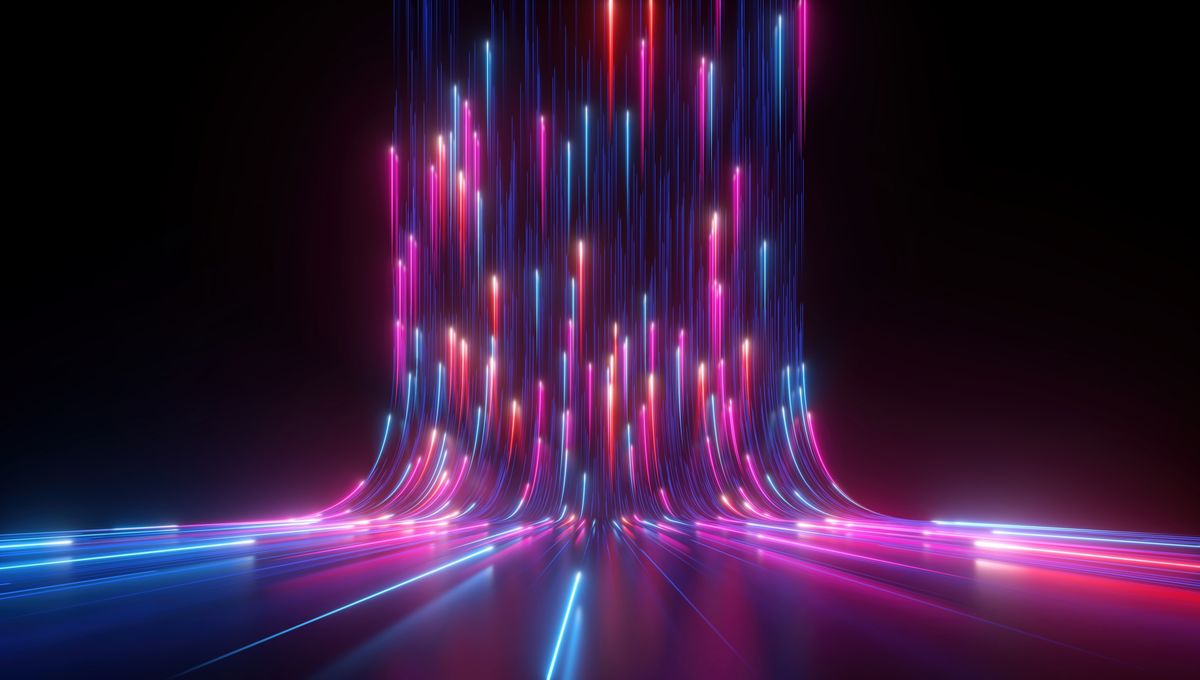
Gravity affects the trajectory of light. This was a crucial test of Einstein’s theory of general relativity and it has been proven time and time again. Cosmic objects that pack a large mass in a relatively small space produce the most dramatic effects, gravitational lenses. Space-time is warped so much that it acts like a magnifying glass. A team of researchers has looked at this in the opposite way: Could a crystal be made to act like gravity? And now, the answer is yes.
Researchers were able to create a photonic crystal with what they call pseudogravity. A photonic crystal is a special material that allows researchers to manipulate light as it passes through it. They are usually created by mixing two or more materials in a pattern that allows a lattice of “traffic controllers” that manage the motion of light.
The one used in this work is called a distorted photonic crystal made out of silicon. The researchers were able to introduce distortion in the lattice that simulated the gravitational pull of a massive object – like a black hole. Once they tested it with a beam of radio waves, they saw the beam curving around the non-existent gravitational body.
“We set out to explore whether lattice distortion in photonic crystals can produce pseudogravity effects,” senior author Professor Kyoko Kitamura from Tohoku University’s Graduate School of Engineering, said in a statement. “Much like gravity bends the trajectory of objects, we came up with a means to bend light within certain materials.”
The light used in this are terahertz waves (at the edge between infrared and microwaves). They are used in scientific, medical, and security imaging – they can penetrate under fabric and plastic – and these waves are proposed as a future way for high-speed communication. Attempts at employing these electromagnetic waves are ongoing.
The ability to guide the terahertz wave could provide insights into gravitational physics, allowing the team to simulate more gravitational phenomena. And it might be useful to future telecommunication networks. Talk about versatility.
“Such in-plane beam steering within the terahertz range could be harnessed in 6G communication. Academically, the findings show that photonic crystals could harness gravitational effects, opening new pathways within the field of graviton physics,” said study author Associate Professor Masayuki Fujita from Osaka University.
The breakthrough is reported in the journal Physical Review A.
Source Link: New Crystal Can Bend Light Just Like Gravity Does